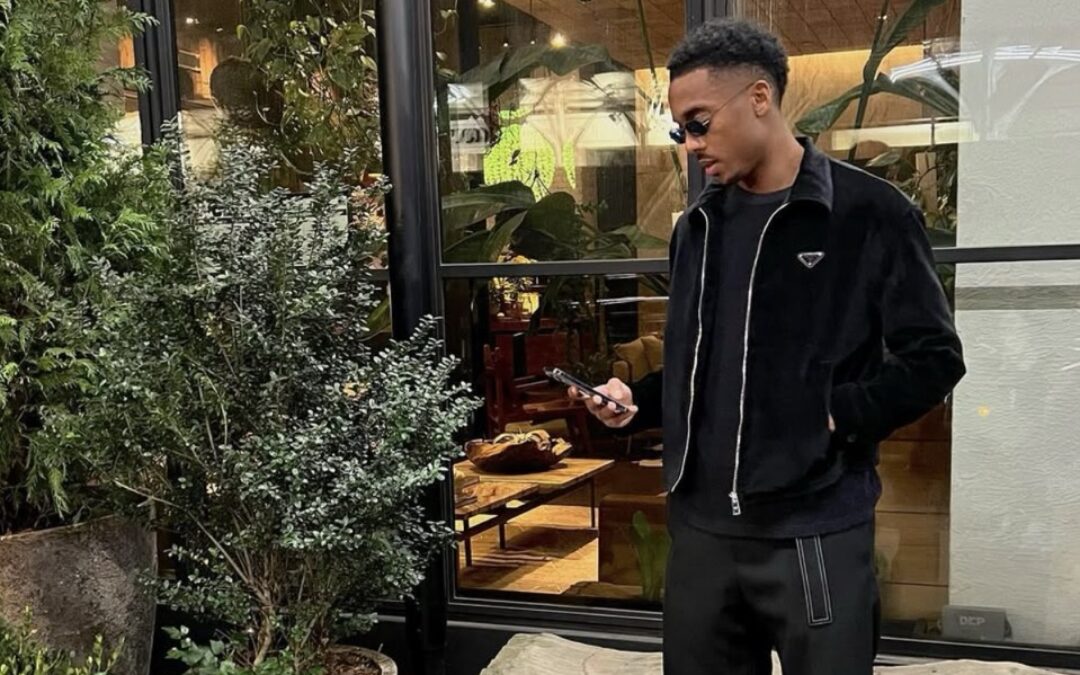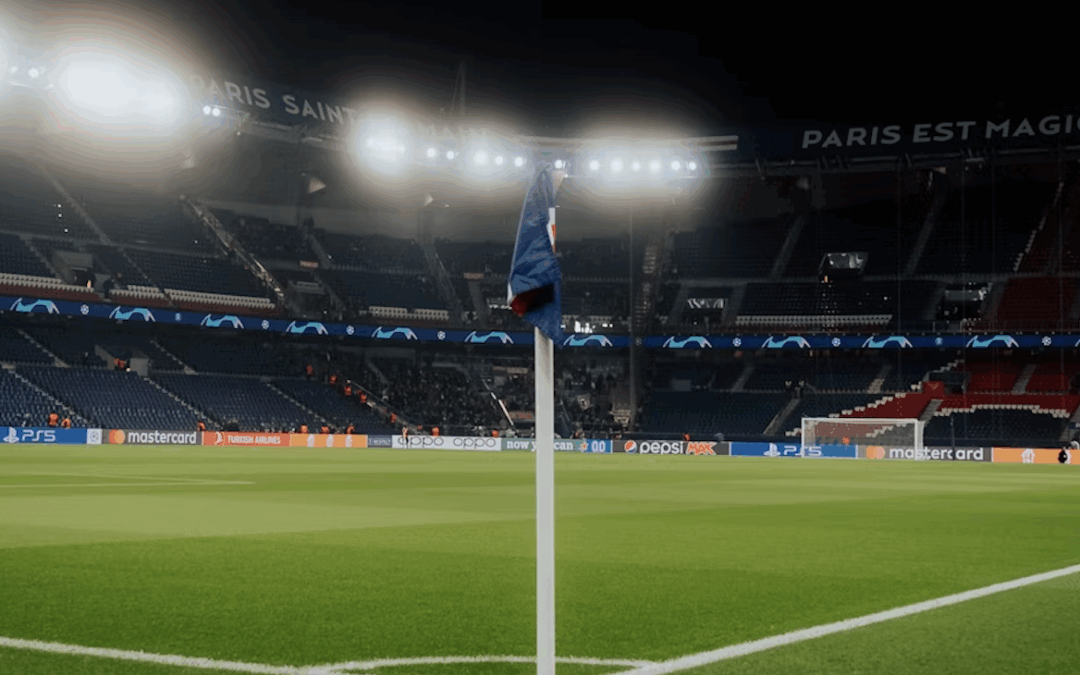For decades, the three stripes have dominated our terraces like no other brand. Cuffing jeans over your bright red or blue Adidas Sambas, Spezials and Gazelles is as iconic as the pre-game pint, and a staple of every football fan’s weekend. Embedded in our culture, this is a deep dive into football’s favourite footwear.
It’s an early Saturday morning across Europe. Alarms are ringing in towns and cities from Newcastle to Bournemouth, Milan to Palermo and Hamburg to Munich. Most people would turn it off, groan and roll back over. But for the football fanatics, only one thing goes through their mind – match day. A chance to wear their favourite terrace classics, to travel far and wide to be a part of something bigger than themselves.
The 1950s brought about icons with flair and decadence, with players like Alfredo Di Stefano and Ferenc Puskas encompassing everything that the ‘beautiful game’ was meant to be. It’s no coincidence that the phrase was coined in the same decade. With the eyes of the world on footballing royalty, Adidas launched a line of stylish Sambas, that would soon be worn on the feet of millions, on terraces far and beyond their beginnings.
In the decades after, their Gazelle and Spezial lines would too be curated, with those iconic stripes running down the middle. It was a symbol that would be adopted by a rising Italian culture, one that sought an upheaval of tradition, through the assertion of dominance through football and fashion. They were called the Ultras.

Communities of all ages would take to their local grounds in their Sergio Tacchini jackets and their Adidas trainers. They wanted to put their club on the map, and give them a reputation across the land for their chants and their extravagance. “Dressing the part” brought these people together into a brotherhood, and at the end of the day, it let them walk away and believe that they were better than their rivals.
Whether you were a part of Milan’s Fossa Dei Leoni or Roma’s Curva Sud, you were represented by the stitches in your shoes.
And so, an Ultra epidemic ensued; European competition was on the rise and so were the likes of Leeds, Liverpool, Celtic and Manchester United. Passionate supporters watching their team away would come back from Europe with the three stripes emblazoned on their feet. Their exclusivity only made them cooler for the kids back home, who couldn’t wait to get their hands on them. It wasn’t just the ultras who were now donning Adidas.
Professor Andrew Groves was a Manchester City diehard long before his title for Fashion Design at the University of Westminster. From stepping up into those terraces as a kid to working with companies seeped into casual culture heritage like Burberry, he’s seen and worked with it all. He gave his insight into why there’s such a dominance in terrace footwear.
He said: “Back in the day it was the ability to acquire rare variations of Adidas trainers which weren’t available in the UK. The sheer range of model styles meant that there were always some that weren’t being sold in the UK that were available in Europe during visits for European matches – in particular, the City Series which included London, Berlin, München, Stockholm, Dublin, Köln, Hamburg, and Oslo. Trainers were often only released in certain countries.
“What made the City Series so powerful was the combination of bold colourways, clean silhouettes, and scarcity. They weren’t always available in the UK, which made them status symbols on the terraces.”
Groves believes that it’s the little details, or lack thereof, that make the bigger picture. You don’t have to over-do it to hold the legendary status that they do.
He added: “The reason these shoes have become so iconic is because they were originally designed for the functionality of sport, not for fashion. The aesthetics are cleaner, simpler and bolder precisely because nothing is extraneous, nothing is over designed.
“In addition, Adidas’ use of typography, placing the model name next to the three stripes, makes it easy to identify the style at a glance. Back then, it let lads instantly clock what someone was wearing. Now, it still signals knowledge and distinction. It’s clean, direct, and reinforces each trainer’s identity.”

It’s this very idea of familiarity that means so much for every football fan to this day. A tale as old as the invention of the game itself, football is an escape from reality. For a lot that work the traditional 9-5 from Monday to Friday, slipping on their Spezials isn’t just a style choice; it’s symbolises a chance to forget it all. To break away from those traditional moulds, blurring boundaries and being a part of a group going through the exact same thing as them.
Groves said: “The significance of casual subculture mixing sport and fashion lies in its focus on leisurewear, rather than workwear. For working-class men, that distinction is crucial. These clothes aren’t tied to their jobs or roles in society. They represent an identity beyond labour, beyond class expectations.
“In the UK, who gets to have leisure, and what they’re allowed to wear while doing it, has always been “policed” along class lines. So, when casuals in the early 1980s started adopting brands like Burberry and Aquascutum, traditionally associated with the middle and upper classes, it disrupted those unspoken rules. It blurred the boundaries. It caused a rupture in the visual codes that quietly dictate how each class is meant to present itself.”
For the youngsters, it’s a ritual that’s been passed on through a generation. New releases of their famous city series such as the Liverpool Anniversary shoe dropped at the end of May, keeping fanatics in the loop. Adidas reported major boosts in their revenue last year; in their first quarter alone, the popularity of the “terrace shoe” was a driving factor in a 13% increase. Sites like Vinted and Depop give the working-class football fan a greater chance to wear the shoes that they want. Their popularity today is ever clear, renouncing their status.
In a game that constantly evolves, some things will never change – the roar of the crowd, the love for your club, and the three stripes on your feet.



